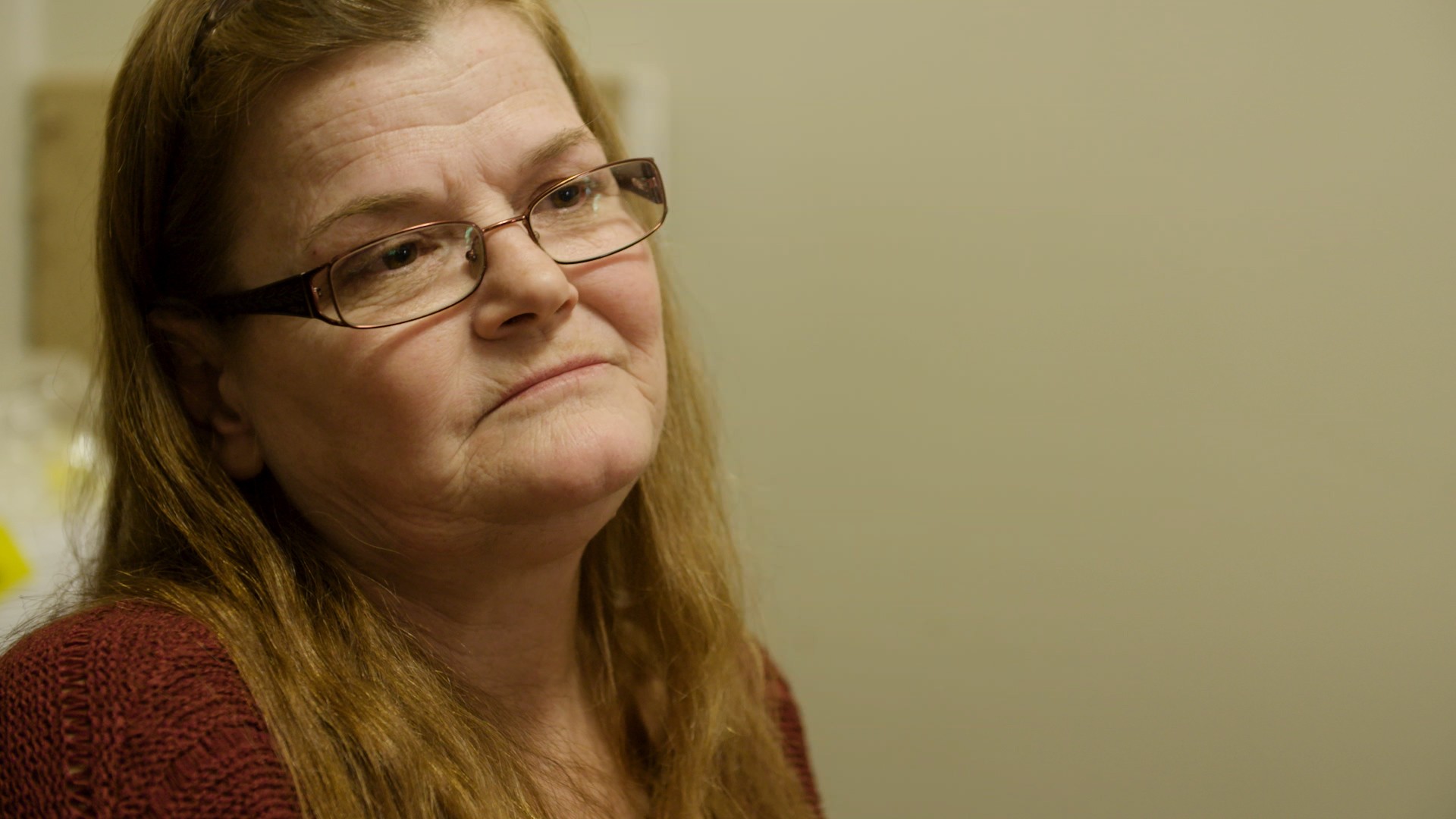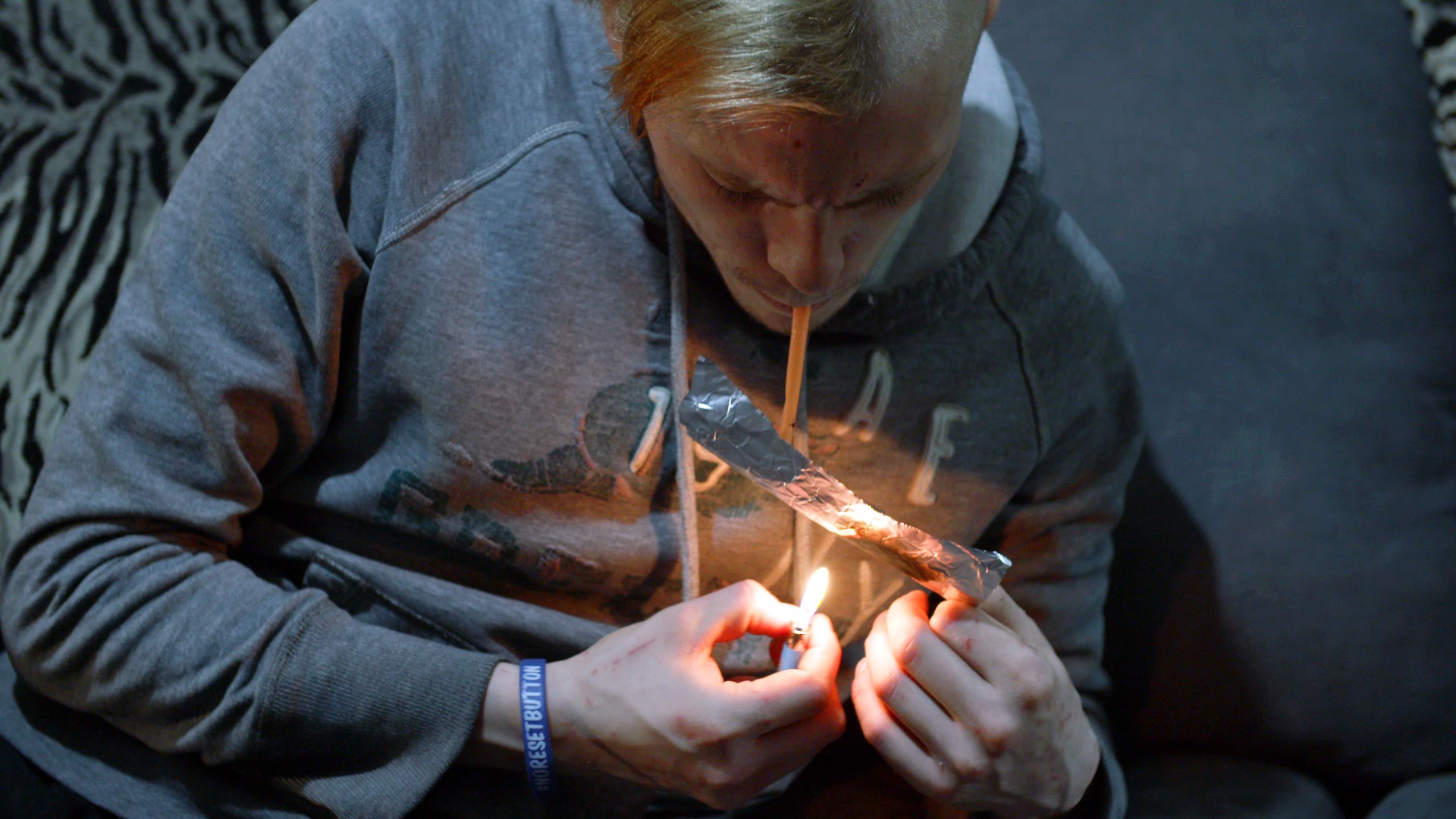
Advertisement
Advertisement
That’s why many official harm reduction and healthcare workers in the Soo question the rogue tactics used by advocates like Mama Bear, fearing they can create more chaos amid a worsening drug crisis. At the same time, however, the crisis playing out in smaller communities across Canada and the U.S. inevitably falls on people like her due to limited services — a dynamic that’s distinct from larger cities where the issue receives more attention. But both camps share a desire to bring about change and more resources dedicated to fighting the opioid crisis they say is resulting in more overdoses and deaths in the city than ever before.“I call it the Soo’s biggest dirty secret,” Raynor-Elliot said, still on the lookout for Jake. “Our city’s in major trouble.”Her cell phone pings constantly with texts from “cubs” looking for a hot meal or a ride somewhere. Sometimes they want cash, which she says she doesn’t give them.
Advertisement

Advertisement
Advertisement
Advertisement
On top of that, she commonly sees patients suffering from infections and abscesses from dirty needles or other harmful methods of drug consumption. Those can be fatal and happen far more often than people realize, she said.“We’re in an overdose crisis … I think it’s going to get worse before it gets better,” Nicholson said. “Fentanyl is touching every age group. But we don’t have the services to provide … We don’t have a treatment centre. We don’t have a medical detox. We don’t have a safe place for people to go every day for treatment.”
Advertisement